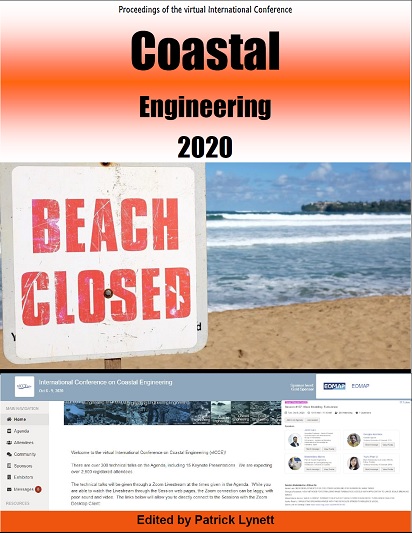Abstract
In England about 5 million properties are at risk of flooding. Socio-economic growth, rising sea levels and extreme weather will exacerbate this issue in the next 100 years. Building coastal resilience is vital worldwide to save people from the impact of flooding and the costs of damage and insurance. In Australia the use of mussel reefs and mangrove forests combined with man-made structures are being trialed to see how well they protect shorelines. Ways to measure the evolving effectiveness of nature-based hazard management are now required to determine the cost-benefit over various management epochs. Using capacitance-wire technology we have developed innovative systems to measure the required field data: overtopping, wave, water level and inundation conditions at the land-sea interface.Recorded Presentation from the vICCE (YouTube Link): https://www.youtube.com/watch?v=E9IpZpOPW3I&feature=youtu.be
References
CCC (2018): Managing the coast in a changing climate. Committee on Climate Change report, p. 74.
NIC (2018): National Infrastructure Commission. National Infrastructure assessment report. p. 163.
Brown, Yelland, et al. (2018): WireWall: a new approach to coastal wave hazard monitoring. Protections 18, p. 7.
Authors retain copyright and grant the Proceedings right of first publication with the work simultaneously licensed under a Creative Commons Attribution License that allows others to share the work with an acknowledgement of the work's authorship and initial publication in this Proceedings.

